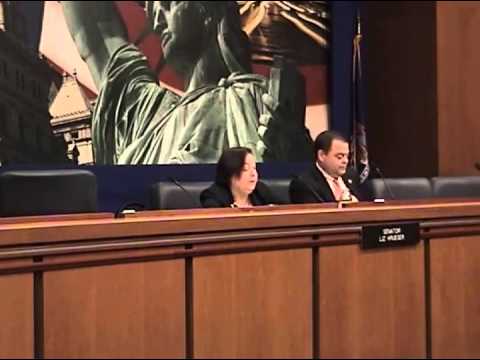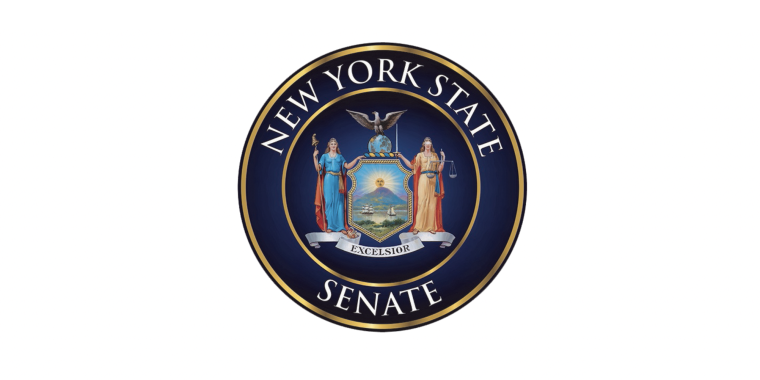
A Note on the Budget
Liz Krueger
April 14, 2010
-
ISSUE:
- Budget
As I am sure you know, New York State, like much of the nation, faces an insecure financial future. We have high unemployment, inadequate tax collections, and a structural budget imbalance. As Vice-Chair of the Senate Finance Committee, my main responsibility for the first part of this year is to evaluate proposals to address the State’s budget deficit. I recognize what a critical responsibility this is, and have been immersing myself in budget hearings and testimony from groups and individuals around the State to help me better understand our options. The numbers seem to change every week, and usually in the wrong direction, but as of this writing we are currently looking at an $8.2 billion budget gap which we need to close.
While the housing market collapse and “Great Recession” are the immediate cause of the current budget crisis, some of the problem has much deeper roots. In December of last year, the Select Committee on Budget and Tax Reform, which I Chair, held a hearing during which witness after witness detailed chronic structural deficits in New York State’s budget and the ways in which our budget process contributes to our fiscal problems. Structural deficits develop when budgetary decisions about spending do not take into account the longer term impact of those decisions, either because they address immediate fiscal problems with revenue which will not be around in future years, or because they commit the State to future spending beyond expected revenues.
These problems grew from decades of refusing to ask or answer the hard questions by Governors and both houses of the Legislature. Legislation has been passed and signed into law, outside the context of the budget, that has obligated us to spend billions in new annual costs and an endless stream of off -budget borrowing which must be paid back. Ironically, when NYC got into trouble in the 1970s, the State mandated that the City had to follow common sense accounting and budget rules… and they have worked! But the State did not require its own budget-making to follow the same rules. Remember the adage “Do as we say, not as we do”? It’s time to take our own advice.
The long-standing structural deficits and recent economic woes have left us with painful choices. We will be cutting services and funding of programs that you and I care about. Staffing patterns, salary levels and pension costs will all be up for review and negotiation. New construction will likely be placed on hold and commitments that the State has made to multi-year projects will be reviewed.
In short, how do we decide what to cut? What’s more important—public education or senior services? Healthcare or anti-hunger programs? How do we pay for the most critical programs—raise taxes? Impose fees?
In my latest newsletter, which you can link to below, I outline the extent of proposed cuts to the State and to New York City, in particular. I include a brief outline of the legislative process and budget timeline. I then give a list of “The Top Five Things You Don’t Want to Know (But Need to Know) about the State Budget Process and What We Can Do Better.” This analysis came out of the work of the Select Committee on Budget and Tax Reform which I formed for this purpose.
-Liz


